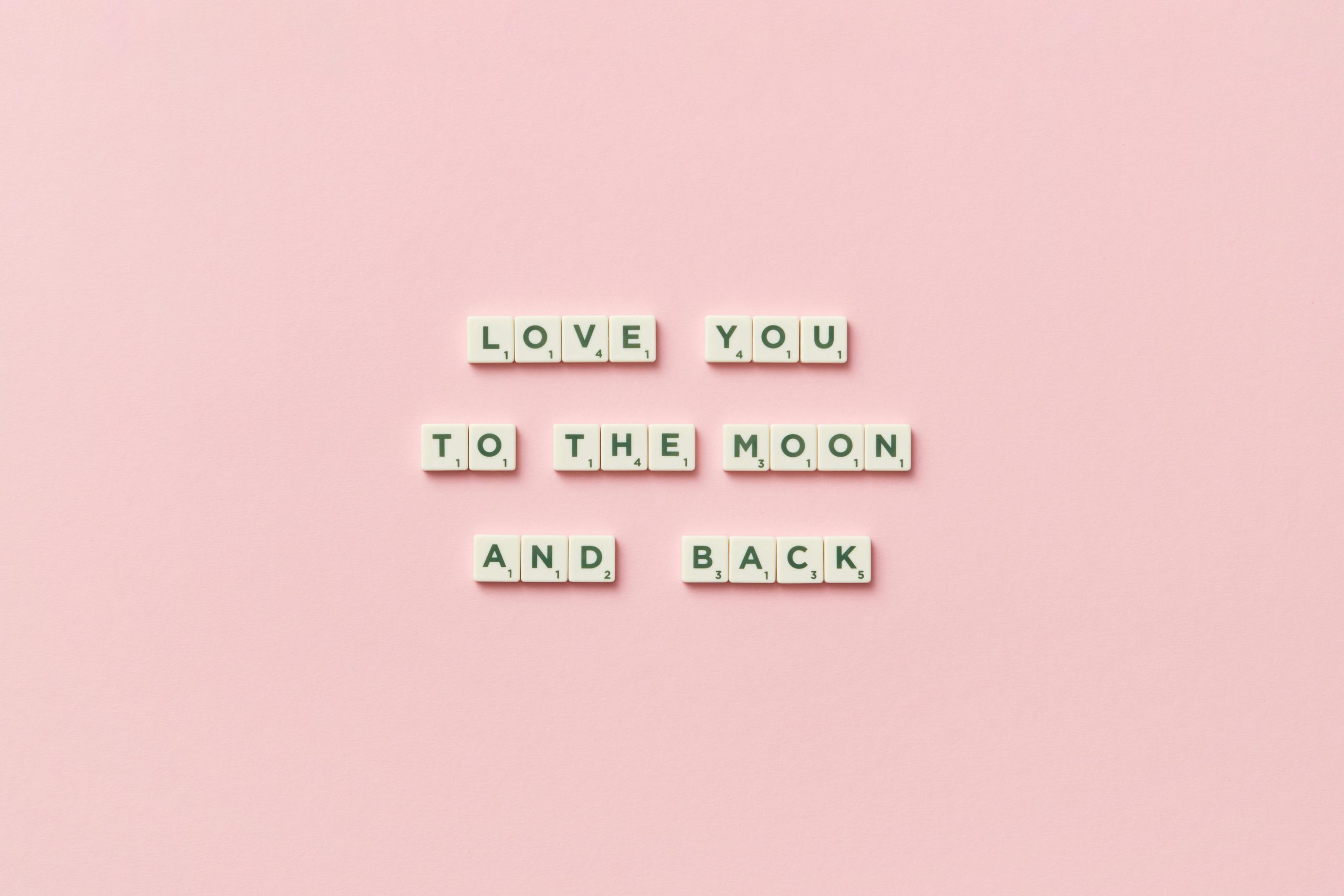Exploring Subcultural Identities: Reflections on Punk and Alternative Scenes of the Past
Subcultures have long served as vital expressions of youth identity, offering alternative narratives to mainstream society. Among these, punk, skinhead, goth, and mod communities emerged prominently throughout the 1970s and beyond, shaping cultural landscapes and personal histories alike.
Understanding the Origins and Evolution
Roots of these subcultures often lie intertwined with social and political contexts. For example, the punk movement in Britain during the late 1970s was characterized by its rebellious spirit, DIY ethos, and distinctive fashion, resonating with youth disillusioned by economic struggles and political unrest. Similarly, skinhead culture initially embraced working-class pride and music, while goth and mod scenes developed with their unique aesthetics and musical preferences.
Personal Narratives and Cultural Impact
Many individuals with roots in these subcultures recall memorable experiences marked by community bonds and self-expression. For some, belonging to such groups was both empowering and contentious, sometimes leading to conflicts with family or societal expectations. These experiences reflect broader themes of identity, acceptance, and resistance.
Legacy and Reflection
Today, individuals who once identified with alternative scenes often reflect on those years with a mixture of nostalgia and evolved perspectives. Some maintain active connections to the music and fashion that defined their youth, while others view these memories as pivotal moments of personal growth.
In Conclusion
Exploring the histories of punk, skinhead, goth, and mod communities offers valuable insights into how youth subcultures shape individual identities and social dialogues. Whether reminiscing about shared musical passions or considering contemporary expressions of alternative culture, these histories continue to inspire and inform our understanding of cultural diversity and personal authenticity.


As a Londoner who grew up during the heyday of these vibrant subcultures, I can attest to their profound influence on our city’s cultural landscape.
Many of these scenes—punk, goth, mod, and skinhead—weren’t just about fashion or music; they were powerful expressions of identity and sometimes rebellion, shaped by the social and economic realities of the time.
Reflecting on those years, I believe these subcultures contributed significantly to London’s reputation as a melting pot of creativity and diversity. Their legacy persists in the city’s vibrant alternative scenes today, which continue to challenge norms and inspire new generations.
It’s fascinating to see how these identities evolved—and how they still influence music, fashion, and social attitudes in London now. Looking back, it’s clear that such communities provided not just a sense of belonging but also a platform for social commentary and change.